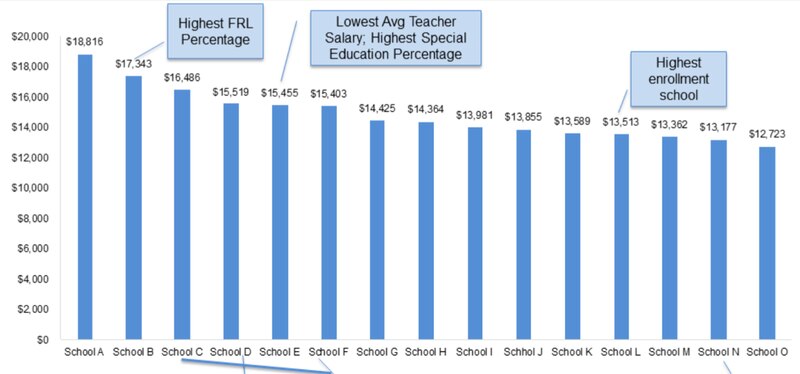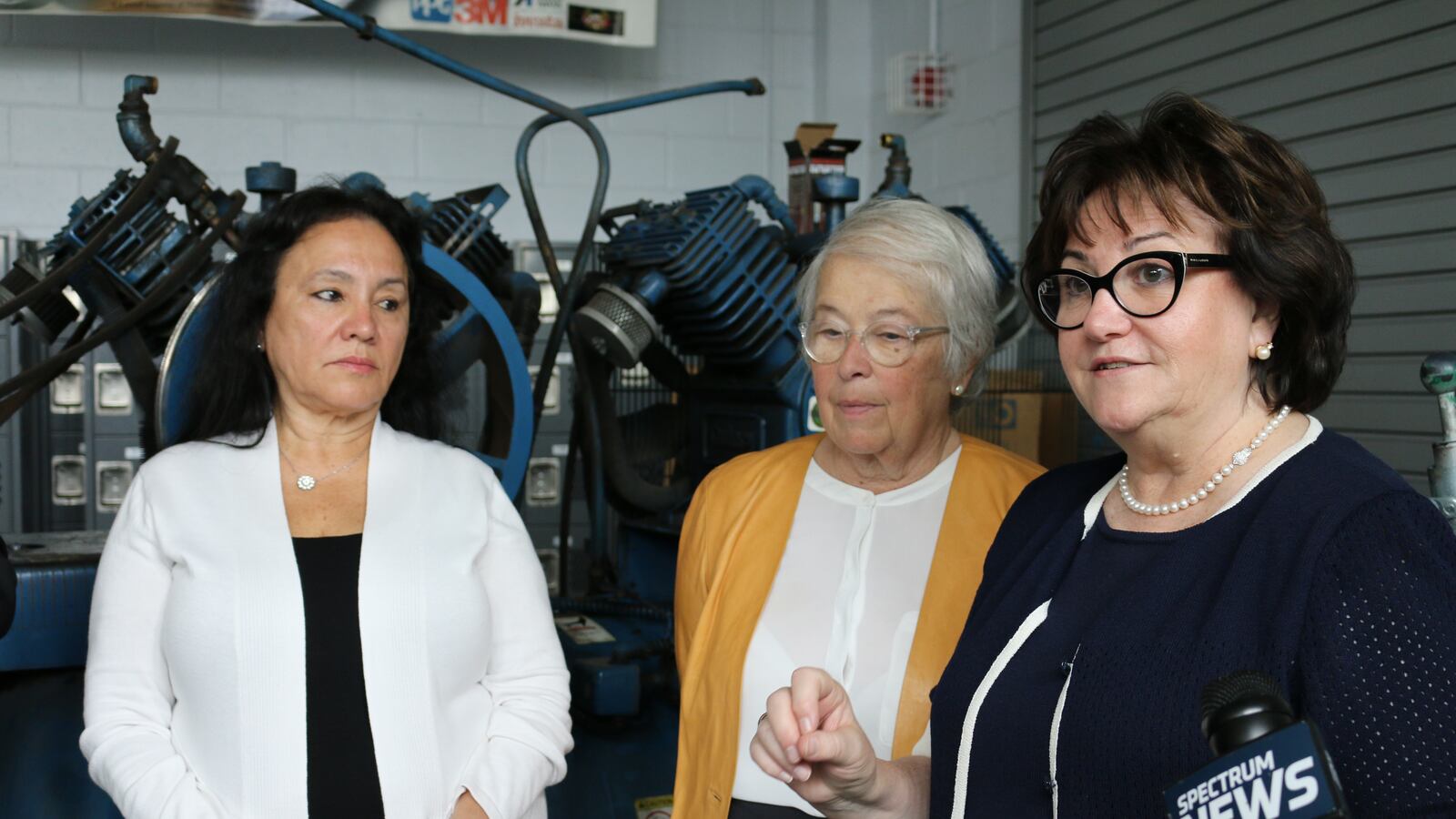Schools across New York will have to start breaking down how much money they spend on students next year – a change required under federal law that advocates hope will create greater transparency.
State officials at Monday’s Board of Regents meeting stressed the importance of opening up the black box of school funding to ensure that money is going to the schools and students that need it most. But they also tried to address concerns that the change would become an administrative burden on schools.
“At this point in time, I can’t say people are jumping for joy over doing this,” State Education Commissioner MaryEllen Elia said. “But I can say they understand why it’s being done.”
Currently, the state publicly reports how much money flows from the state to each district. After this changes goes into effect, districts will have to explain how they take that money and divide it among individual schools. The state is also hoping to put the information into an accessible package that will allow policymakers and community members to easily compare resources among schools.
“How do you have the same expectations if you’re spending this amount in one place and this amount in another place?” said Regents Chancellor Betty Rosa during Monday’s meeting.
School districts will begin tracking their budgets in the 2018-19 school year, but will not have to report that information publicly until December of 2019, state officials said Monday.
One wrinkle to the plan, though, is that reported funds will only include federal, state and local money. Several Regents raised concerns that the reporting requirements exclude non-governmental sources of funding, particularly in New York City where parent-teacher associations can raise extraordinary sums of additional money. Policymakers worry that without displaying this information, any tool the state provides will paint a misleading picture.
“There are many schools in New York City where the parents raise hundreds of thousands of dollars,” said Regent Lester Young. “Poor people can’t raise that kind of money.”
The board provided an example of how the information could be displayed. (However, state officials cautioned this is only a sample and is certainly not a final recommendation.)
The sample included two bar graphs. The first shows per-pupil funding by school, starting with the highest funding level and dipping to the lowest. The second shows how much schools would gain or lose if the hypothetical district implemented a weighted funding formula.

Elia also made it clear that she does not want this to become a “compliance issue” for districts, while acknowledging that some locales are concerned about tackling the additional task. She said that in order to smooth the transition, state officials have already met with stakeholders and that the state is convening a technical workgroup over the spring and summer to craft reporting guidelines.
It’s unclear exactly how much this will change reporting in New York City, which already includes per-student funding by school. State officials said they cannot say whether the city will have to change the way it reports information until they have a better sense of what will be required statewide.
However, state officials also said the city will have to fit into whatever statewide framework they devise, which could include a more accessible format that allows for easy comparisons between schools.
Another concern expressed by several policymakers is that while these changes will expose funding disparities, they will not force districts to make changes to funding distribution. Elia has come out against Gov. Andrew Cuomo’s proposal that would allow state officials to review and reject certain school districts’ budgets with an eye towards equity. (At a conference of school board leaders in February, she said, “I am not interested in approving your budgets.”)
But without that kind of authority, Regents pointed out that any changes will have to come from local leaders who want to alter their funding structures.
“The role that we play will only be as good as the district’s willingness to receive and use it,” said Vice Chancellor Andrew Brown.

